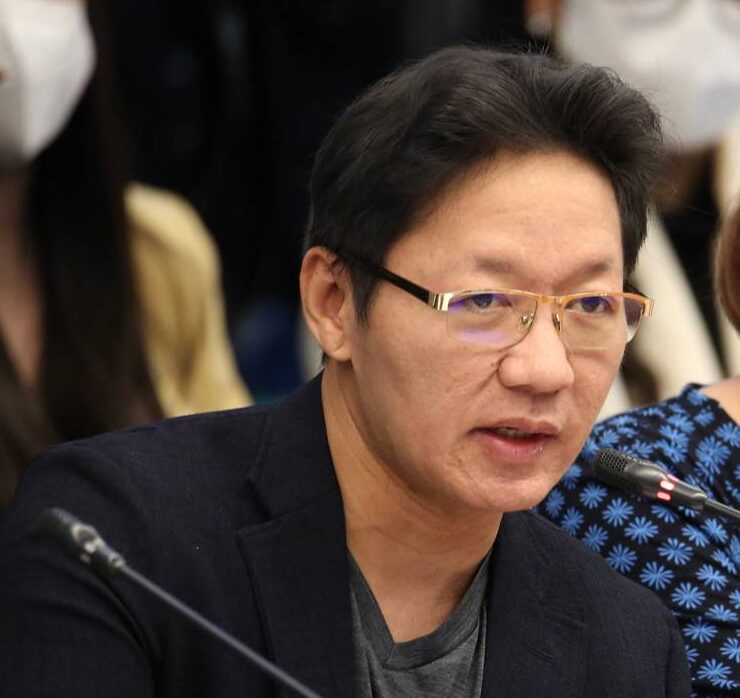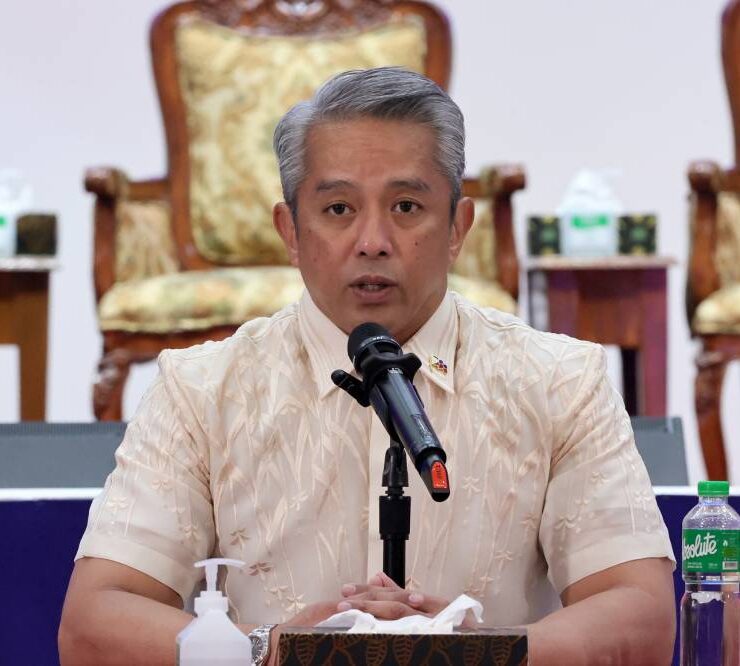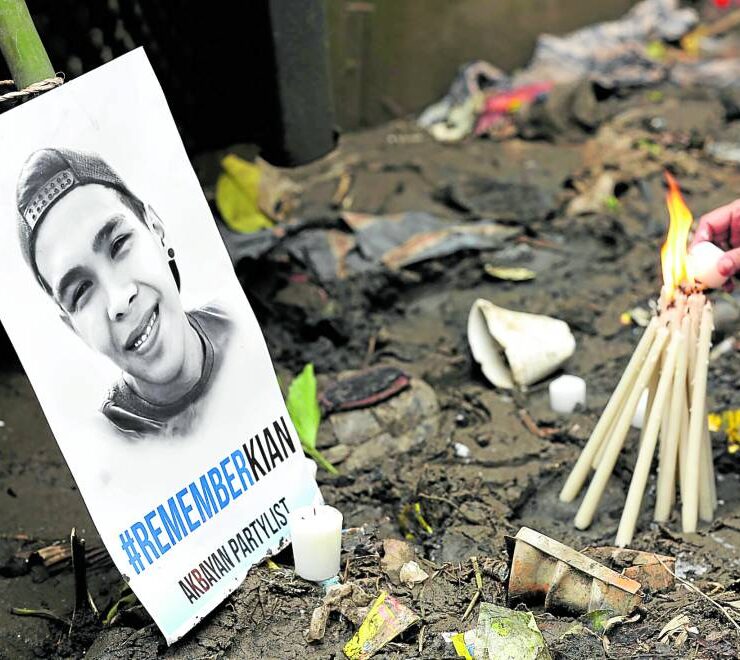National treasure Gilopez Kabayao; 94
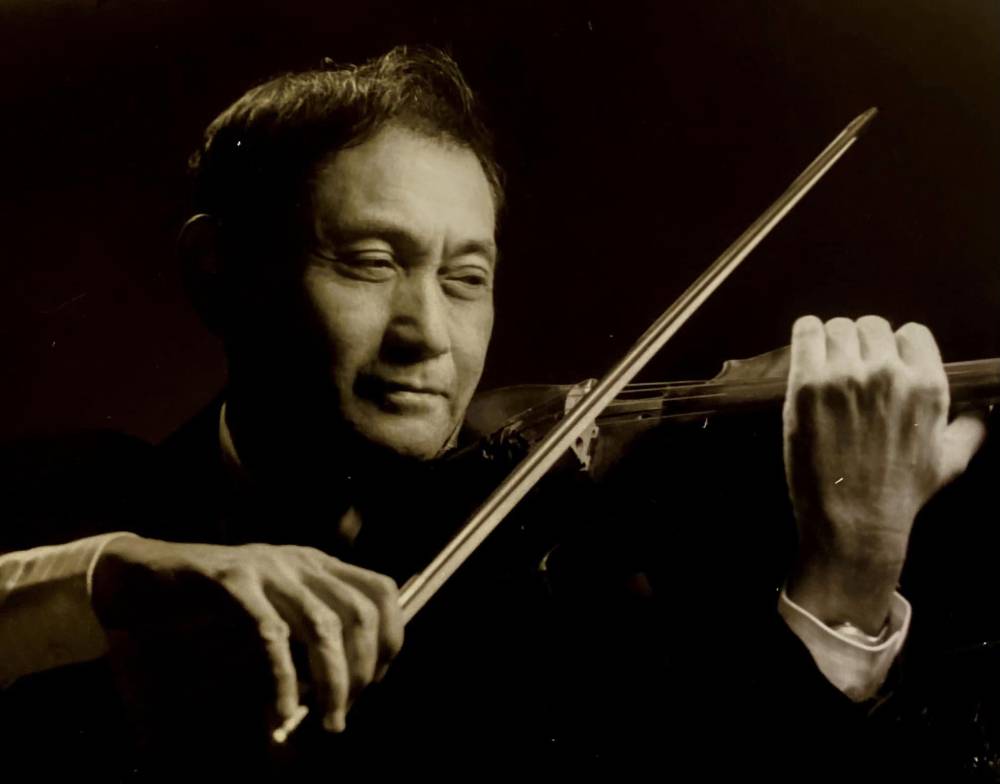
Gilopez Kabayao, the pioneering violinist and music missionary, has died. He was 94.
The announcement made by the Kabayao family said, “After more than seven decades of sharing his music propelled by the generosity of spirit that he so selflessly gave to his audience from all walks of life, the curtain now closes on this artist with a mission. At 94, after a brief illness, Gilopez Kabayao now goes on to join His creator, Lord and Savior Jesus Christ today, Oct. 12, 2024, in Iloilo City.”
Kabayao is survived by his wife of 50 years, Corazon Pineda; children Sicilienne, Farida, and Gilberto; son-in-law Jose Roy Paniza; daughter-in-law Michelle Alhambra; only grandchild, 3-month-old Girard; and sister Marcelita Kabayao Mortensen.
The Cultural Center of the Philippines (CCP), in a statement, said, “The Cultural Center of the Philippines extends its deepest condolences to the family and loved ones of virtuoso violinist Gilopez Kabayao. His remarkable talent and lifelong dedication to music have inspired countless Filipinos and enriched our cultural heritage.”
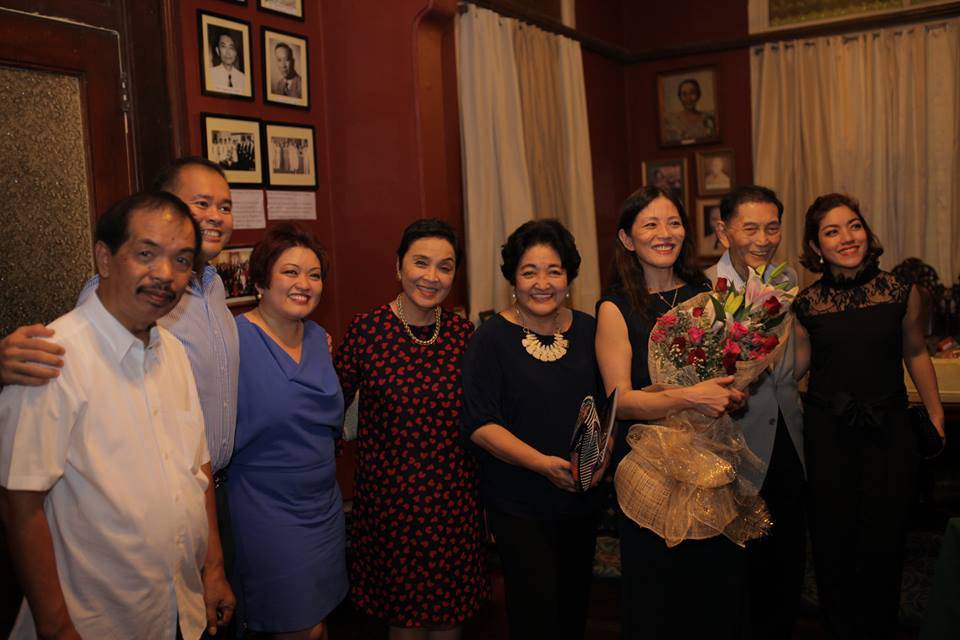
The CCP noted that the late violinist was the first Filipino to perform at the prestigious Carnegie Hall in New York in 1950. “Gilopez Kabayao broke new ground and brought pride to the nation. Receiving the Ramon Magsaysay Award in 1972 underscored his commitment to being a true artist for the Filipino people, as he brought the beauty of classical music to communities across the country in unconventional venues, breaking down barriers and inspiring a love for the arts. In recognition of his outstanding contributions to music, he was awarded the Gawad CCP Para sa Sining in 2008, alongside Corazon Pineda Kabayao. He leaves behind a legacy of artistic excellence that will continue to resonate in the hearts of many. Rest in peace, Maestro.”
Scion of sugar barons
Kabayao, born in 1929 in Negros Occidental, was a scion of the Lopez sugar barons of Iloilo and a third-generation musician.
His mother, Marcela Lopez, was a pianist and his father, Dr. Doroteo Kabayao, was a violinist. His grandfather, Gil Lopez, frequently hosted concerts at his estate, Hacienda Faraon, where Kabayao performed in his youth. He later studied at Silliman University, then later in New York and in Vienna under Theodore Pashkus.
His 1950 Carnegie Hall debut where he performed with pianist Artur Balsam launched an international career that took him all over Asia and in Vienna in 1961.
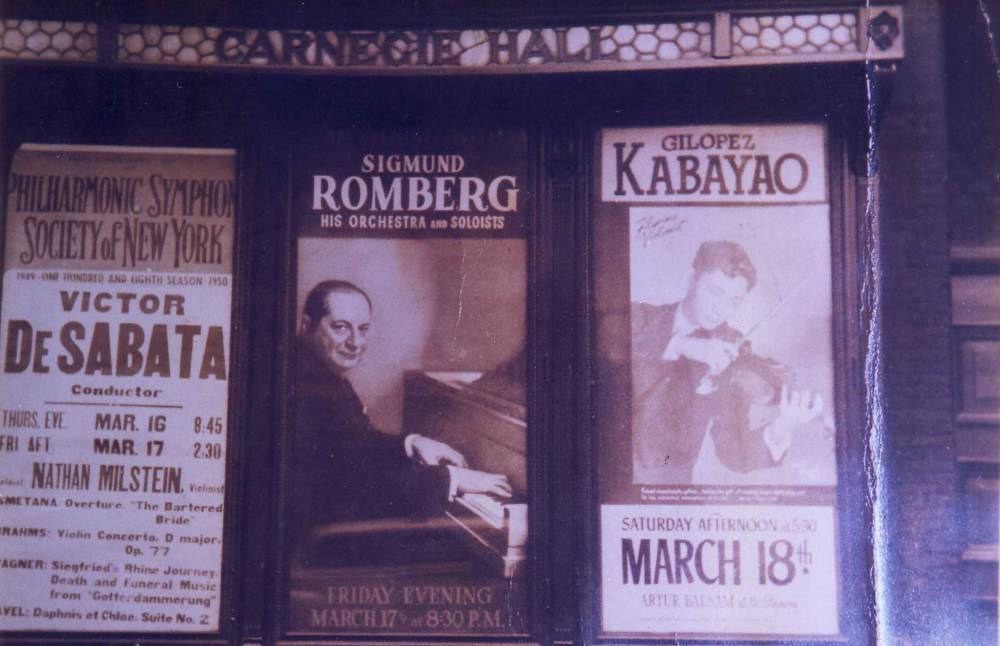
In 1952, he earned the label the “Traveling Salesman of Music” when he performed all over the country in unlikely venues such as basketball courts, hospital corridors, even cockpits.
He was chosen as one of the Ten Outstanding Young Men of the Philippines in 1961. He earned a Presidential Award of Merit in 1969, and the Magsaysay Award in 1972. This year, he was scheduled to receive the Ryan Cayabyab Award for Excellence in Music Education and Performance.
Kabayao performed such major works as the Shostakovich Violin Concerto in the Philippines, China and with the New Zealand National Orchestra in New Zealand.
His violin transcriptions of 24 Philippine folk songs and kundiman became handy references for violin and piano, enriching the violin literature of Filipino music.
Violin mentor Jaymee Christiaan Rebustillo will remember Kabayao for his master classes and concerts at the Universidad de Sta. Isabel in Naga City. “You are already a part of my teaching and violin performance life story! So long, Sir Kabayao!” he wrote.
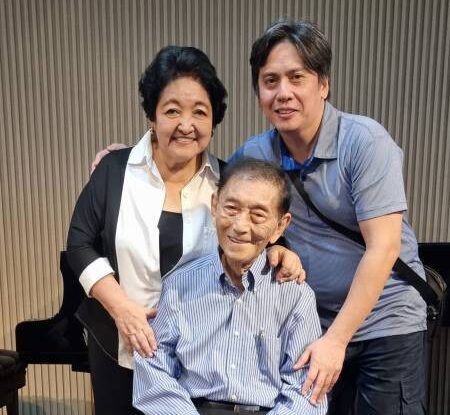
Last live performance
Ilonggo arts writer John Anthony Estolloso recalled the last live performance of Kabayao with his family last year. “On the evening of the fourth of July 2023, the Kabayao family performed at the Ann Margaret Hall of Diversion 21 Hotel.
With Corazon Pineda-Kabayao on the piano and the revered Gilopez leading Sicilienne, Farida and Gilberto Kabayao on the violins, the quintet exuded a nostalgic and wistful glance at a generation of musicians that have done so much in propagating the appreciation and performance of classical music in so many different settings and situations.
“Opening the evening’s program was Sonatensatz, Johannes Brahms’ tail-end contribution to a rather peculiar musical piece titled the F-A-E Sonata, composed by him, Robert Schumann, and Albert Dietrich. This angsty piece was followed by a rather lugubrious arrangement for violins and piano of Mendelssohn’s First Trio in D Minor, at least, two of its movements.
“Most striking from the performance was the piece’s hauntingly beautiful romanticism, heard in the flowing second movement: it is as if it attempts to regale a story of a past love, perhaps even a first love. In the curious interlude that followed when Ms Pineda-Kabayao had to wrestle with an impromptu asthma attack, one can but marvel at the intensity and endurance with which the grand old lady maintained her poise and phrasing.
Homely ease
“Unfazed to the last note, she returned to the piano and proceeded to plow through the rest of the concert with nary a blurry staccato or a choppy arpeggio. One might even go as far to say that in the absence of an accompanying orchestra, Ms Pineda-Kabayao’s performance would have been more than enough to carry the musicality of the entire evening.
“As if to match the intensity of his wife’s virtuosity, Gilopez Kabayao’s solo performance of Wieniawski’s Scherzo Tarantelle was a sharp echo of years spent on the concert stage. That he first performed the composition as a teenager in Carnegie Hall many decades ago only further emphasized the homely ease with which it was rendered that evening.
“Conversely, his opening of Massenet’s meditation from Thaïs sounded a tad abrasive in the first few bars, but it did not diminish the poignant pull of the music. Sitting with a delicate and almost fragile demeanor that marked his 93 years as a musician, Mr. Kabayao played with an uncommon eloquence that younger musicians can but aspire to achieve—that is, if they live up to his age and prestige.”
As always, in that concert, Kabayao played on his 1724 “Dolfus” Stradivarius.
Godspeed and thank you, Maestro.

















